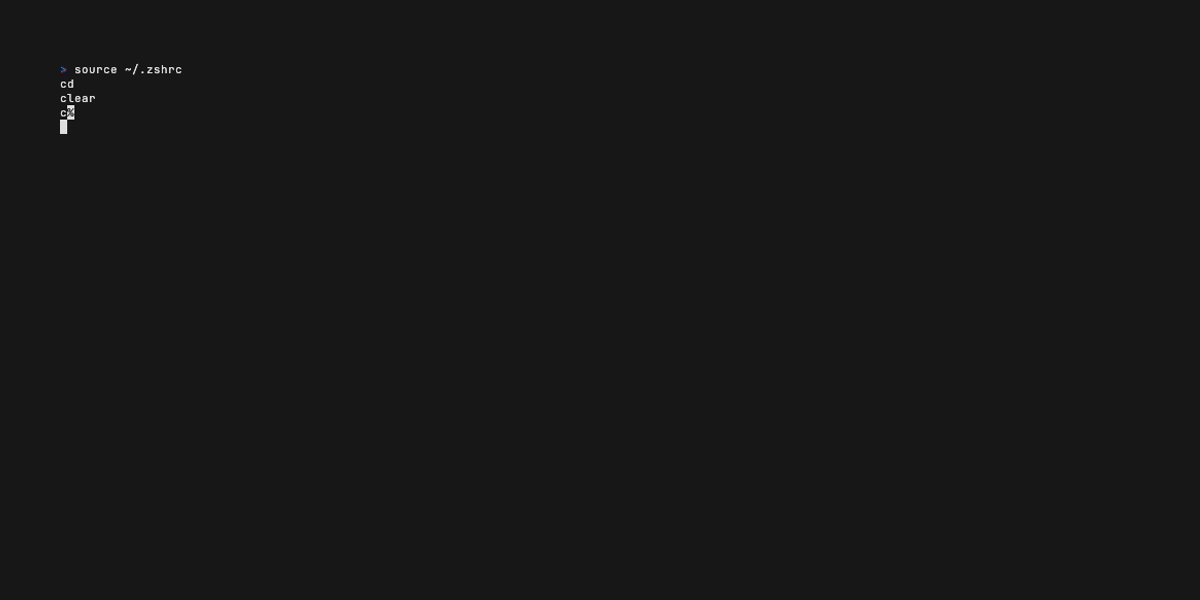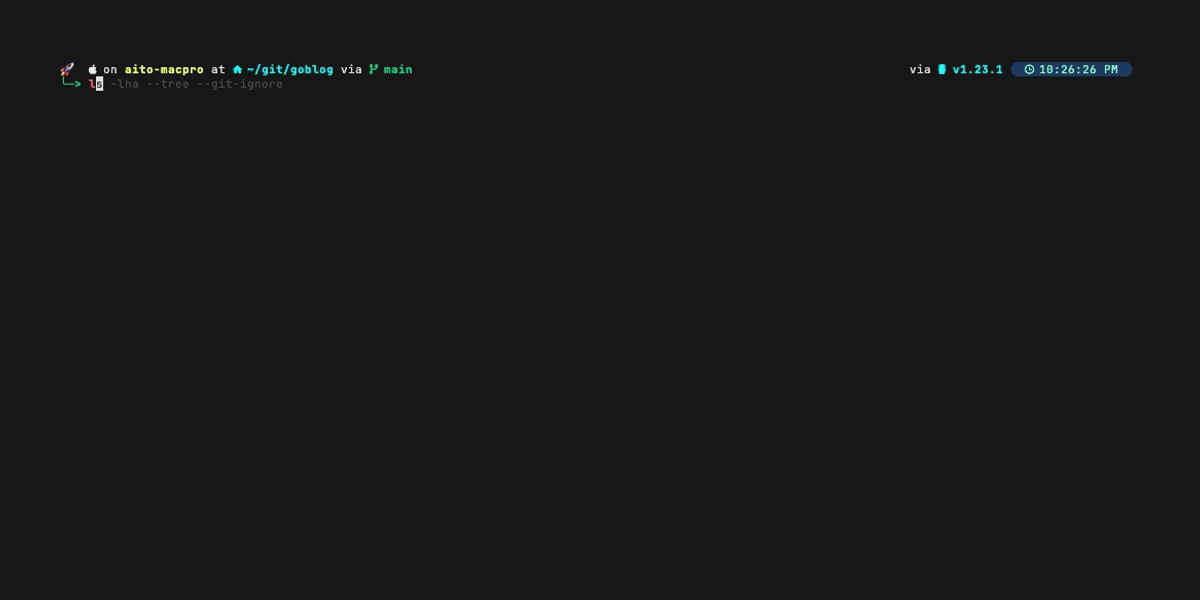
Zoxide - A better 'cd'?
- Aito Nakajima
- MAC , Linux
- September 6, 2024
Table of Contents
Hey everyone, Today, we’re diving into a super handy terminal tool called zoxide. If you navigate through directories a lot, whether you’re a developer, sysadmin, or just a terminal enthusiast, zoxide is going to make your life so much easier. It’s like a turbocharged version of cd, and once you get the hang of it, you’ll never want to go back. So let’s get started!
What is Zoxide?
So, what exactly is zoxide? In simple terms, it’s a smart, faster way to jump between directories in your terminal. Think of it like an enhanced cd command that learns which directories you access frequently, and then lets you jump to them with minimal typing. It’s built to save you time, especially if you have a complex directory structure or frequently switch between different projects.
Installing Zoxide
Installing zoxide is pretty straightforward, and it supports multiple operating systems. If you’re on macOS, you can install it using Homebrew:
brew install zoxide
For Linux, you can use a package manager like apt if you are using a debian/ubuntu distro:
sudo apt install zoxide
Once it’s installed, you’ll need to integrate it with your shell. For example, if you’re using bash or zsh, you’ll add this line to your .bashrc or .zshrc file:
eval "$(zoxide init zsh)"
Or if you would like to alias cd to zoxide
eval "$(zoxide init --cmd cd zsh)"
Make sure to replace zsh with bash or fish, depending on your shell. Then, restart your terminal or reload your config, and you’re good to go!
To reload your .zshrc config:
source ~/.zshrc
Basic Usage
Let’s start with the basics. Unlike cd, where you need to type the full path of a directory, zoxide allows you to jump to directories you’ve already visited by typing just part of their name. However, it’s important to note that before zoxide can help you navigate to a directory, you must have visited that location at least once. zoxide builds its database by tracking your movement across directories.
For example, if you’ve already navigated to ~/projects/my-awesome-project using zoxide, you can return to it by typing:
z my-awesome
zoxide will take you directly to that folder. The more directories you visit, the more useful zoxide becomes, helping you quickly jump to frequently accessed locations without typing long paths.
Additionally, if you want to return to your home directory, simply type:
z
That’s all you need! It’s an intuitive and fast way to navigate, especially if you’re constantly moving around different directories.
Advanced Usage
Now let’s look at some advanced features. If you have multiple directories with similar names, zoxide has you covered. You can be more precise by specifying additional parts of the directory path to ensure you jump to the correct one.
For instance, if you have both ~/projects/foo and ~/documents/foo, and you want to navigate to the projects directory, you can type:
z projects foo
This ensures that zoxide picks the correct foo folder from your history.
Interactive Search with zi
Another powerful feature of zoxide is its interactive search mode, accessible via the zi command. Just type:
zi
This will bring up a list of directories that you’ve accessed before. You can start typing part of a directory’s name to filter through the list, and use the arrow keys to navigate through the options. Once you’ve found the directory you’re looking for, press Enter, and zoxide will take you straight there.
Weighted Learning
zoxide doesn’t just track where you’ve been, it learns from your behavior. The more frequently you access a directory, the higher it will rank that directory in your future queries. This means that even if you have multiple similarly named directories, zoxide will prioritize the ones you use the most, making your navigation even faster over time.
Tips and Tricks
Here are some tips and tricks to get the most out of zoxide:
Learning from Usage: The more you use
zoxide, the better it gets at predicting where you want to go. It learns your habits and adjusts its ranking of directories accordingly.Manual Additions: If there’s a directory you want
zoxideto remember, even if you haven’t visited it yet, you can manually add it to the database using thezoxide addcommand:zoxide add /path/to/directoryThis is useful if you know you’ll need quick access to a directory in the future but haven’t navigated there yet.
Viewing the Database: You can see all the directories that
zoxidehas stored and how often you’ve visited them by running:zoxide query -lsThis will display a list of all tracked paths and their respective frequencies. It’s a handy way to get a sense of how often you’re visiting certain directories.
Conclusion
That’s a comprehensive look at zoxide, a simple yet powerful tool that can save you tons of time navigating through directories in the terminal. Whether you’re managing multiple projects, jumping between directories, or just trying to streamline your workflow, zoxide is an invaluable addition to your toolkit.
I hope you found this guide helpful. Keep experimenting with zoxide, and over time, it will become an essential part of your terminal workflow. Thanks for reading, and happy coding!
Link
Check out the Git repository for zoxide.
